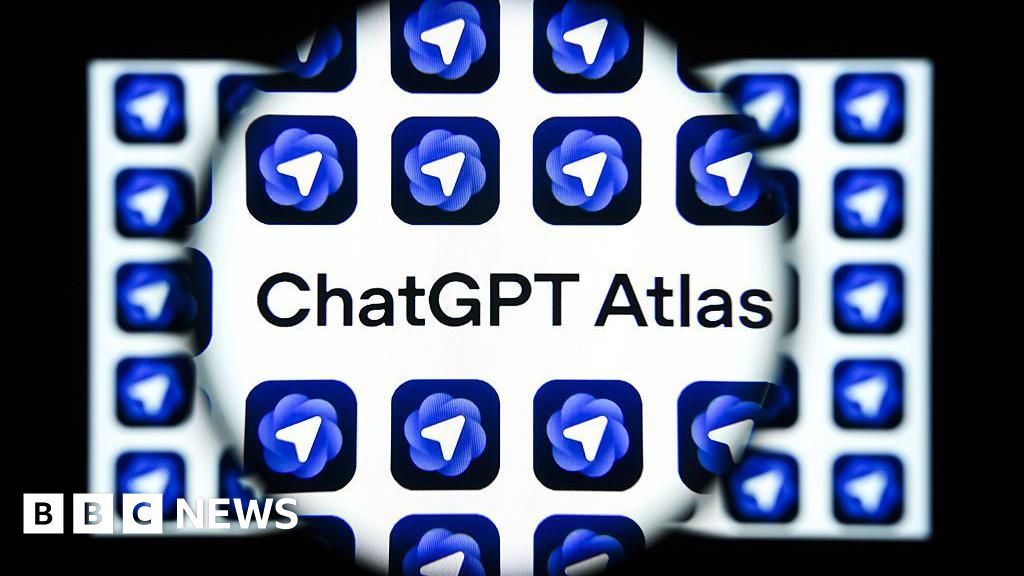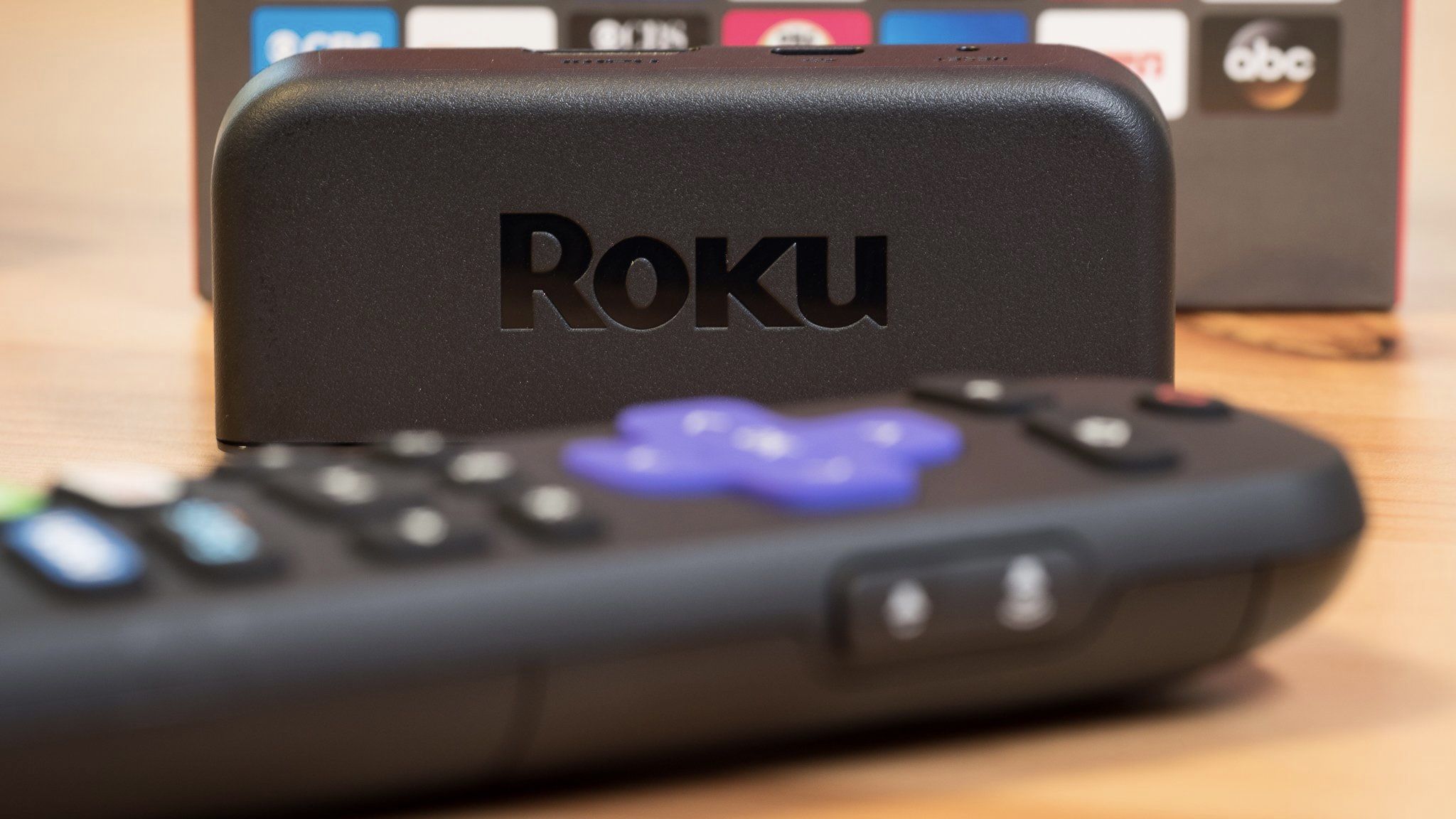Sora AI Takes Over: Everything You Need to Know About OpenAI's Viral App
Sora AI Takes Over: Everything You Need to Know About OpenAI's Viral App
It seems like everyone is talking about OpenAI's new creation, the Sora AI app. From generating mind-bending videos to sparking debates about the future of content, this tool is making serious waves. We're diving into what Sora AI is all about, why it's suddenly everywhere, and what the latest news says about its unstoppable rise, including its recent launch on Android.
What is Sora AI? An Overview
Sora AI is a groundbreaking text-to-video model developed by OpenAI, the same research lab behind ChatGPT and DALL-E. At its core, Sora allows users to generate high-definition video clips simply by typing a descriptive text prompt. It can create complex scenes with multiple characters, specific types of motion, and accurate details of the subject and background. This leap in creative AI applications has captured the imagination of creators, technologists, and the general public, positioning it as a potentially transformative tool for filmmaking, marketing, and social media content.
Latest News & Updates

Android Users Downloaded OpenAI's Sora AI App Nearly Half a Million Times in One Day
This report highlights the explosive popularity of the Sora AI app following its highly anticipated Android release. Appfigures data reveals nearly 470,000 downloads in a single 24-hour period, demonstrating immense pent-up demand from the Android user base. The article explores the concept of "AI slop" versus creative content, questioning how this massive influx of users will shape the platform's ecosystem. Analysts suggest this level of engagement could challenge established social media giants like TikTok and Instagram, as users flock to experiment with powerful, accessible video generation tools. The rapid adoption underscores a significant shift in mobile content creation, where AI-driven platforms are becoming mainstream entertainment and communication channels, moving beyond niche tech communities. The piece further speculates on the server infrastructure required to support such a surge and OpenAI's monetization strategy for the viral application.

Android users will soon get to experience OpenAI's viral Sora app
Before its official launch, this article from Android Central detailed the anticipation surrounding the OpenAI Sora Android app. After a period of iOS exclusivity where the app dominated App Store charts, the piece confirms that an Android version is imminent. It discusses the strategic importance of expanding to the much larger Android market, which could exponentially increase Sora's user base and cultural impact. The article also touches upon potential feature parity between the iOS and Android versions, and whether any platform-specific optimizations, such as integration with Google's AI services, might be included. This move is framed as a critical step for OpenAI in cementing Sora's position as the leading AI video generator against emerging competitors from Google, Meta, and other tech giants, making advanced AI tools accessible to billions more users worldwide.

OpenAI's Sora Is Getting Another Wave of New Features, Including Video Editing
This piece reveals that OpenAI is not resting on its laurels, planning a significant update for the Sora AI app that introduces native video editing capabilities. This evolution from a pure generation tool to a hybrid editor is a strategic move to keep users within the Sora ecosystem. The new features aim to appeal to professional creators by offering more granular control over AI-generated content, allowing them to stitch clips, adjust timing, and potentially modify specific elements within a scene post-generation. This development suggests a future where the line between AI creation and traditional post-production blurs, positioning Sora as a comprehensive suite for video content. It's a direct response to feedback from early adopters who desired more flexibility and creative control over the output, marking a crucial step in maturing the technology from a novelty into a practical, professional-grade tool.

ChatGPT's new browser has potential, if you're willing to pay
Providing broader context on OpenAI's ambitions, this BBC article reviews 'ChatGPT Atlas,' the company's new AI-powered web browser. While not directly about Sora AI, it shows OpenAI's strategy of integrating its AI technology into fundamental user applications. The browser aims to revolutionize web navigation by using AI to summarize pages, answer questions contextually, and automate tasks, but its reliance on a paid subscription model is a key point of discussion. The article compares it to rivals like Perplexity and Microsoft's AI-infused Edge, analyzing whether its features justify the cost. This move into the browser market is significant as it signals OpenAI's intent to build a complete ecosystem of AI-native products, creating a vertically integrated experience from information discovery to content creation with tools like Sora.

Roku is getting a new brain this fall with a big software update
This article explores the wider trend of AI integration into consumer technology, focusing on Roku's major software update. The streaming giant is introducing an AI-powered voice search feature designed to understand natural language queries about movies, shows, and actors. This move is a direct effort to compete with smarter rivals like Apple TV and Google TV. The new AI can handle follow-up questions and provide sophisticated recommendations, transforming the user experience from simple commands to a conversational discovery process. This development is relevant to the Sora AI trend as it illustrates how conversational and generative AI is becoming a core feature across all digital platforms, not just for content creation but for content discovery and interaction as well, shaping user expectations for smarter, more intuitive technology in every part of their lives.

AI Has Officially Solved the Debate Over the Catchiest Songs Ever
This intriguing article explores the use of AI in analyzing creative works, specifically identifying the objective elements of a "catchy" song. Researchers used machine learning models to analyze thousands of hit songs, identifying patterns in melody, rhythm, and chord progression that correlate with memorability. The AI found that songs by artists like ABBA and Taylor Swift consistently use techniques like simple, repetitive choruses and specific melodic arcs that are highly effective at lodging in the human brain. This application of AI provides a fascinating parallel to Sora AI. While Sora is a generative tool for creating new media, this research shows AI's power as an analytical tool for deconstructing it. It demonstrates how AI can not only create art but also help us understand the science behind why certain creative works are so effective, potentially leading to new, data-informed approaches to art and media production.
Analysis: Why It Matters
The rise of Sora AI is more than just a fleeting tech trend; it represents a fundamental shift in digital content creation. For years, high-quality video production was expensive and time-consuming, requiring skill, equipment, and resources. Sora democratizes this process, putting a powerful animation and film studio into the hands of anyone with an idea. This has massive implications for the future of social media content, where the barrier to entry for creating visually stunning, engaging videos is rapidly dissolving. It also raises profound questions about authenticity, copyright, and the potential for misuse in creating misinformation. As these tools become more sophisticated, the ability to discern between real and AI-generated content will become a critical skill for all digital citizens.
Actionable Tips & How-Tos
Getting Started with AI Video
If the buzz around Sora has you inspired, here are a few ways to engage with this technology:
- Be Descriptive: When using tools like Sora, specificity is key. Instead of "a dog running," try "a golden retriever joyfully bounding through a field of wildflowers at sunset, cinematic lighting."
- Iterate and Refine: Your first generation might not be perfect. Treat it as a starting point. Tweak your prompts, change adjectives, and experiment with different styles to get closer to your vision.
- Study AI-Generated Content: Pay attention to the videos being shared online. Notice the common artifacts or tells of AI generation (e.g., strange physics, inconsistent details) to become a more discerning viewer.
- Explore Alternatives: While you wait for broader access to Sora, check out other AI video generation tools like RunwayML or Pika Labs to start learning the fundamentals of prompt-based video creation.
Tools & Resources
Stay on top of the latest developments with these essential links and resources.
- Official OpenAI Sora Page - The primary source for research papers, examples, and official announcements.
- Video Tutorials on YouTube - Search for "Sora AI prompts" to find guides from creators experimenting with the tool.
- The Verge's AI Section - For reliable news and analysis on the broader AI industry.
What's Your Take?
The Sora AI app is clearly more than just a novelty; it's a glimpse into the future of creativity and communication. From its viral launch on Android to the continuous addition of powerful new features, its impact is only just beginning to unfold.
Join the Conversation Below!